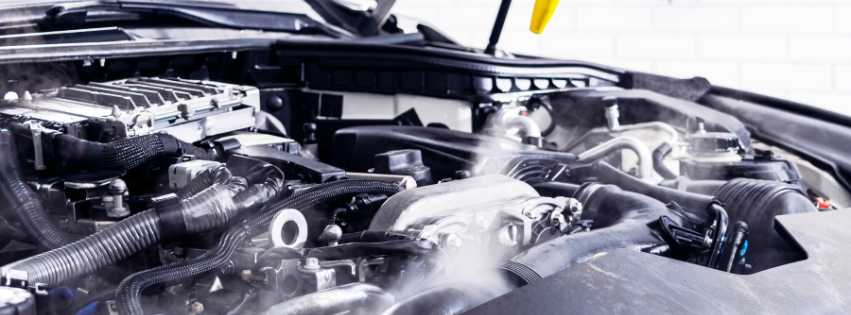Car Wash Management Site Analysis: Maximizing Efficiency and Profitability
Key Factors in Selecting the Right Location

Running a successful car wash is more than just having the latest equipment or offering competitive pricing. One of the most crucial aspects of profitability and operational efficiency lies in a thorough car wash site analysis. By assessing your site carefully, you can optimize workflow, reduce operational costs, and create an exceptional customer experience.
Understanding the Importance of Site Analysis
A detailed site analysis helps car wash owners identify potential challenges and opportunities before construction or expansion. According to Car Wash Management, evaluating location, traffic patterns, and environmental factors can save thousands in unforeseen costs. Proper site planning ensures smooth vehicle movement, reduces bottlenecks, and maximizes space utilization.
Key Factors in Selecting the Right Location
Location is a critical determinant of success. High visibility and easy access from major roads increase walk-ins and repeat business. Owners should consider:
- Traffic Volume: More passing cars mean higher potential customers.
- Demographics: Target areas with households owning multiple vehicles.
- Competition: Analyze nearby car washes to identify gaps in service or pricing.
Tools like Google Maps and traffic analysis software can assist in evaluating these factors accurately.
Evaluating Traffic Flow and Accessibility
A proper site layout ensures vehicles enter, get serviced, and exit efficiently. Analyze entry and exit points to avoid congestion and accidents. Driveway width, turning radius, and waiting areas are essential considerations. For express car washes, queue management and bypass lanes can significantly improve customer satisfaction.
Layout Planning and Equipment Placement
Site analysis should include optimal placement of wash bays, vacuums, payment kiosks, and storage areas. A strategic layout:
- Reduces wasted movement for staff and customers.
- Minimizes water usage and chemical waste by centralizing water reclamation systems.
- Improves employee workflow and reduces service time.
Refer to Car Wash Equipment Guides for insights on ideal bay sizes and machinery placement.
Environmental Considerations and Compliance
Modern car washes must comply with environmental regulations. Site analysis includes evaluating:
- Drainage systems to prevent runoff contamination.
- Water reclamation and recycling capabilities.
- Local permits for chemical storage and wastewater discharge.
Incorporating sustainable practices not only ensures compliance but can also reduce operational costs and attract eco-conscious customers.
Leveraging Technology for Operational Efficiency
Integrating technology in site design improves efficiency. Consider:
- Automated payment and membership systems to reduce staff requirements.
- Sensors and timers for water usage and chemical dispensing.
- Remote monitoring of pumps, motors, and machinery to prevent downtime.
Car Wash Management frequently emphasizes the role of technology in optimizing operational workflows.
Benefits of a Thorough Site Analysis
Investing time in a detailed site assessment provides multiple benefits:
- Cost Savings: Minimized equipment misplacement, reduced water waste, and lower staff training costs.
- Enhanced Customer Experience: Shorter wait times and easier navigation improve retention.
- Operational Efficiency: Streamlined workflow and optimized space utilization.
- Scalability: A well-analyzed site allows future expansion without major structural changes.
Final Recommendations for Car Wash Owners
Car wash owners should prioritize site analysis as part of their strategic planning. Steps include:
- Conduct traffic and demographic studies.
- Assess the physical layout for space, drainage, and safety.
- Consult with equipment suppliers on optimal placement.
- Incorporate sustainable and technological solutions.
- Review competitor sites for benchmarking and improvement opportunities.
By investing in a proper site analysis, car wash operators can significantly improve profitability, enhance customer satisfaction, and future-proof their business against operational challenges. A thoughtful site design is not just about aesthetics—it’s a long-term investment in efficiency and growth.
